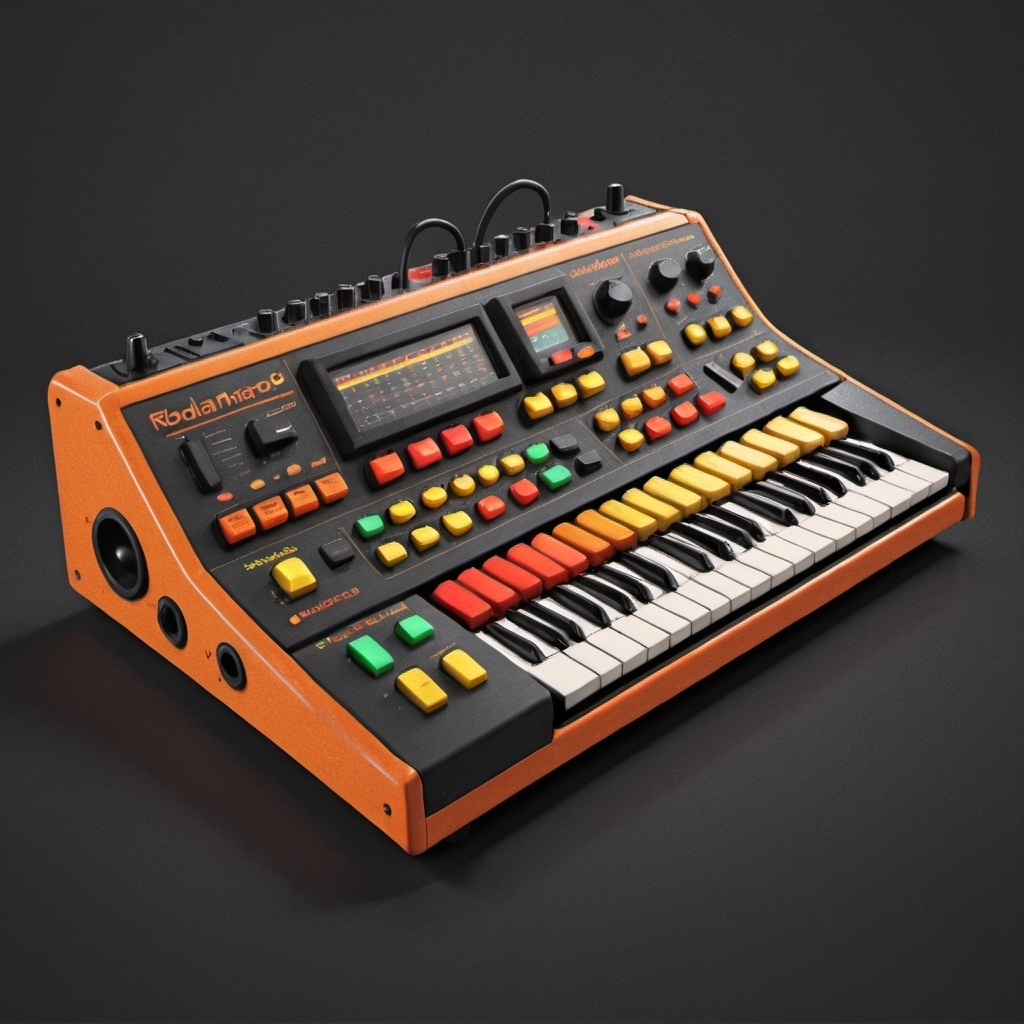
History, Context, Production & Critique
**Computer Music Synthesis** is a comprehensive introduction to both the scientific and artistic aspects of creating music using computer technology. The course is designed to guide students through the fundamental concepts and techniques necessary for producing music digitally, with a particular emphasis on two powerful tools: **Ableton Live** and the **visual programming language Max**.
– **Sound Synthesis:**- **Sampling:** **Signal Processing with Effects/Modulation:**- **Mixing:**- **Arrangement:**
A unique aspect of the course is the hands-on approach to learning. All assignments are designed to be practical and creative, requiring students to apply what they’ve learned by actually making music. In addition to composing and producing tracks, students will also use **Max** to build their own music-making tools, such as custom plug-ins and audio effects. This not only enhances their understanding of the underlying technology but also encourages innovation and personal expression in their music production.
back to basics
foundational electronic music
Lorem ipsum dolor sit amet, consectetur adipiscing elit,
donec congue lorem ut volutpat efficitur.

Sarah Smith
Lorem ipsum dolor sit amet, consectetur adipiscing elit. Donec congue lorem ut volutpat efficitur. Fusce justo magna, condimentum nec elementum sed, sollicitudin vitae enim. Vivamus sit amet metus porttitor, rhoncus nibh et, venenatis turpis. Etiam lobortis semper ante, quis luctus lacus tincidunt vel.

Sound can be understood as waves of compression and rarefaction traveling through air or another elastic medium, and as our perception of these movements. It originates from vibrating objects, such as strings, speakers, falling rocks, or even the movement of our circulatory systems.

Maya Smith
Lorem ipsum dolor sit amet, consectetur adipiscing elit. Donec congue lorem ut volutpat efficitur. Fusce justo magna, condimentum nec elementum sed, sollicitudin vitae enim. Vivamus sit amet metus porttitor, rhoncus nibh et, venenatis turpis. Etiam lobortis semper ante, quis luctus lacus tincidunt vel.
Local News
Explore All Stories
Vestibulum pellentesque metus cursus ligula luctus, vel lacinia enim pulvinar. Praesent quis tincidunt ante, non cursus erat.




